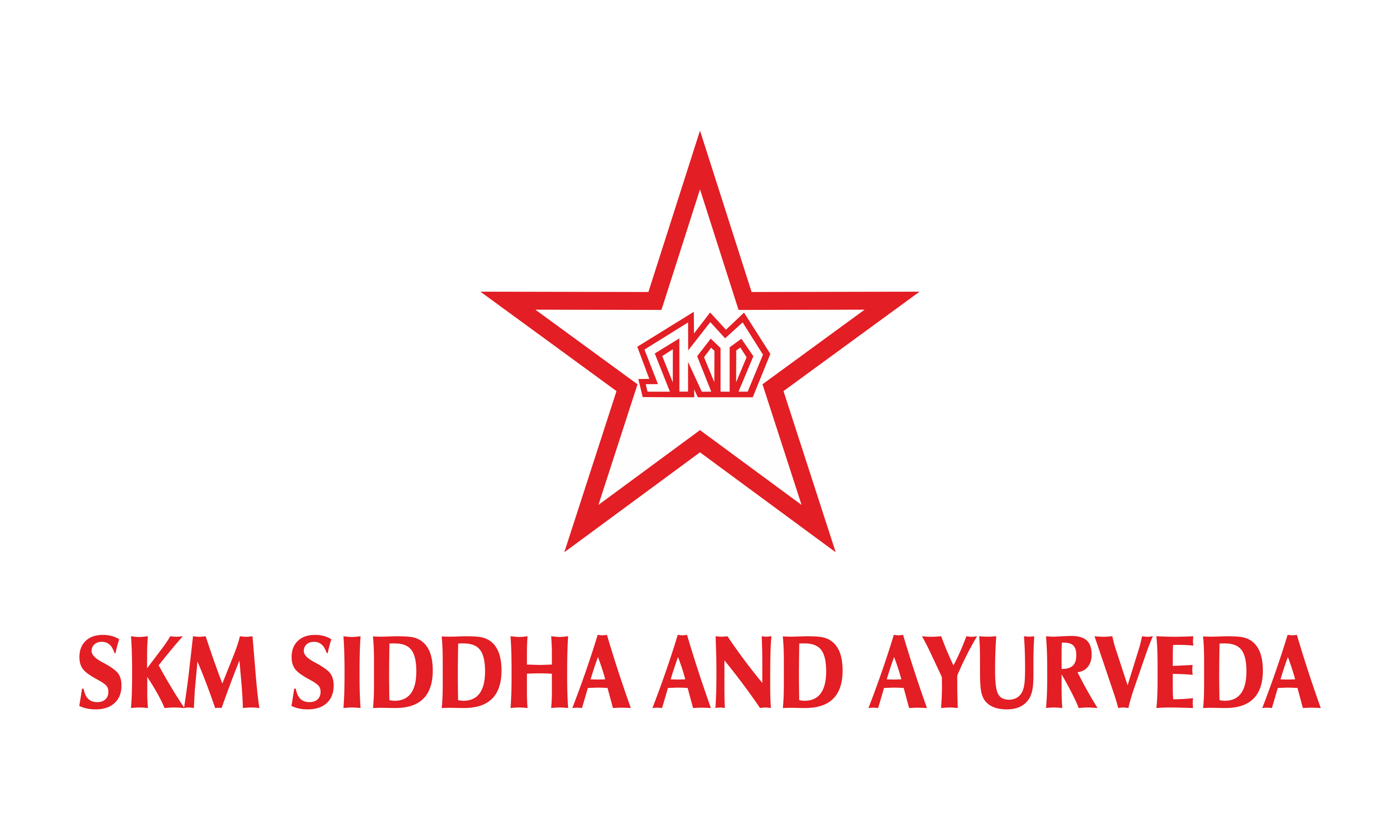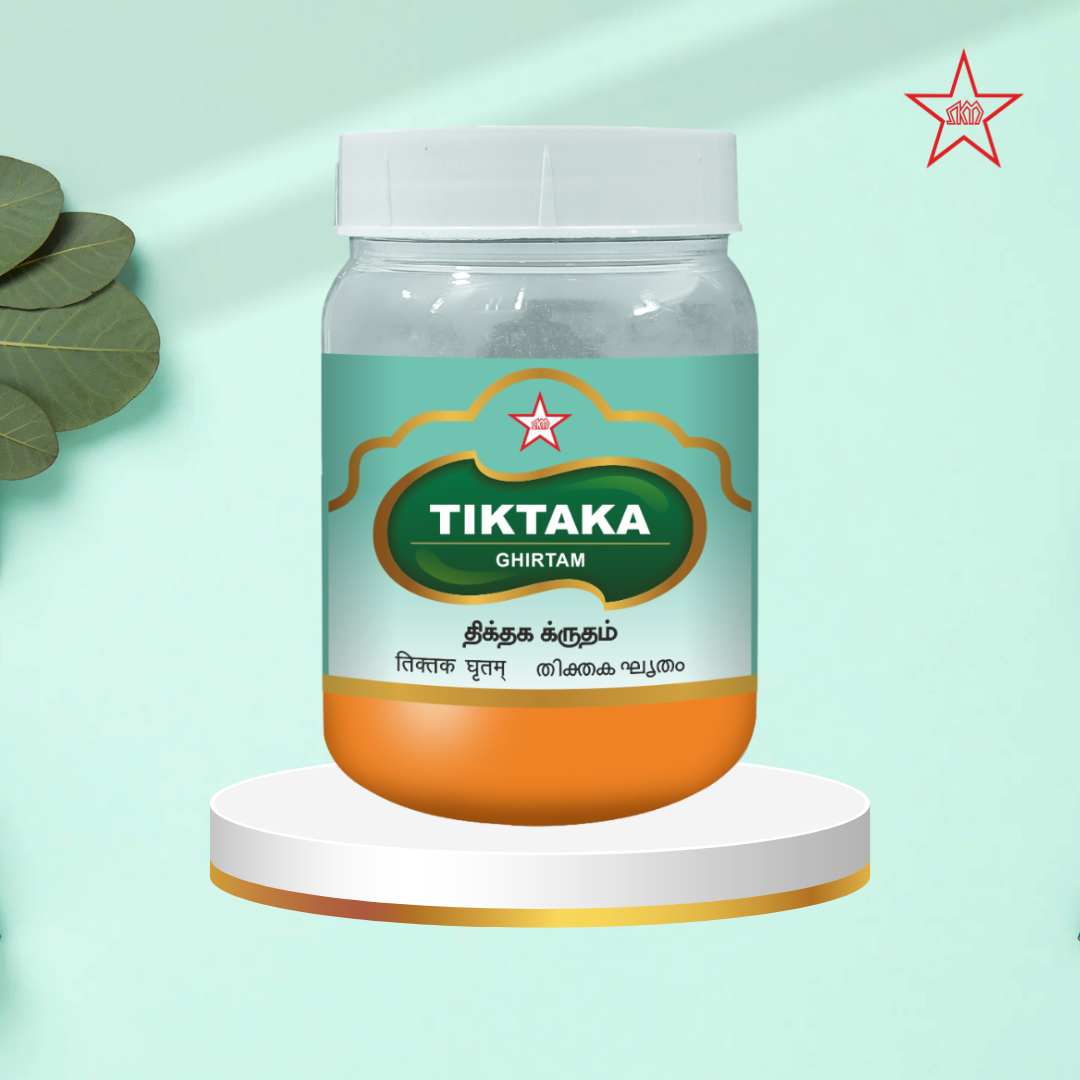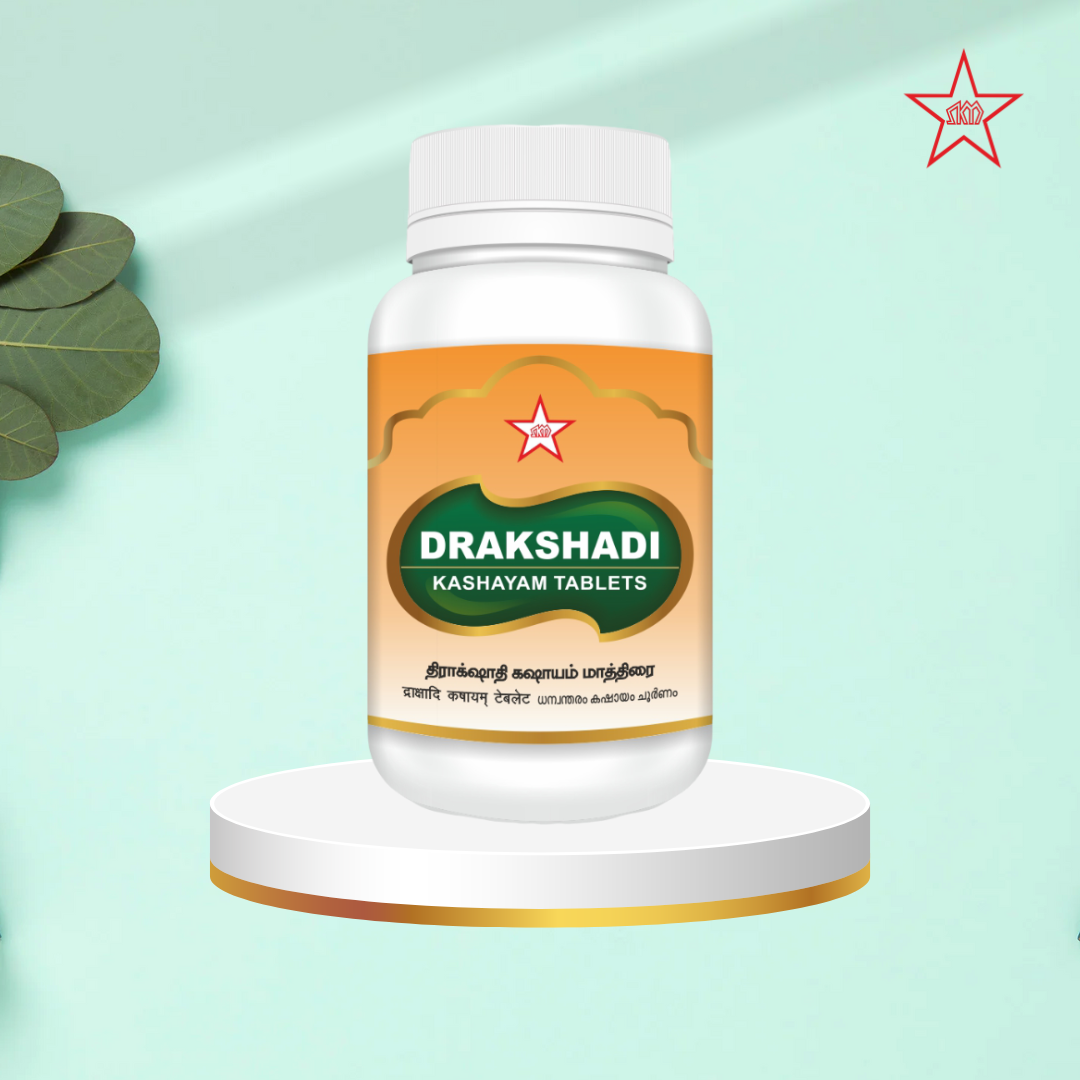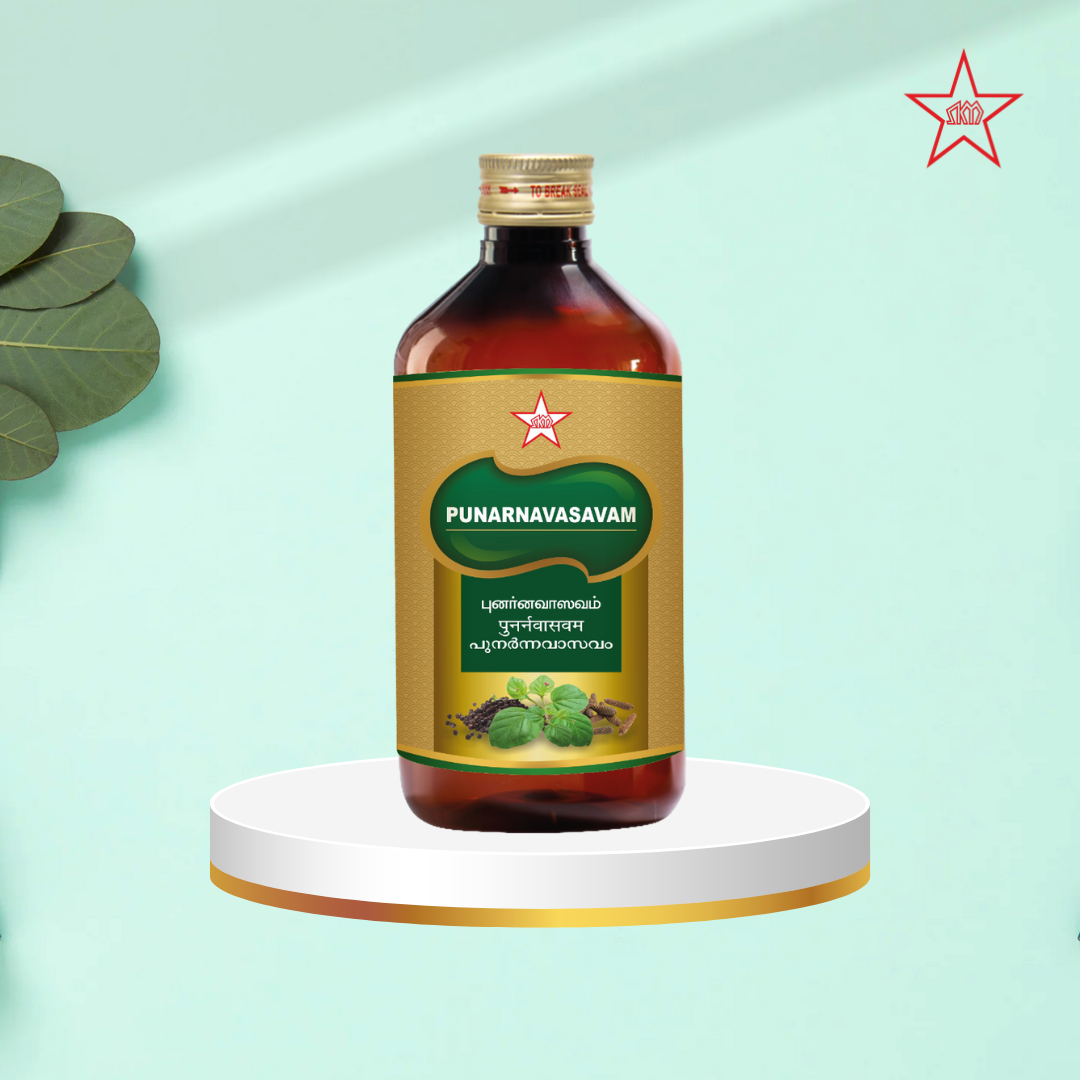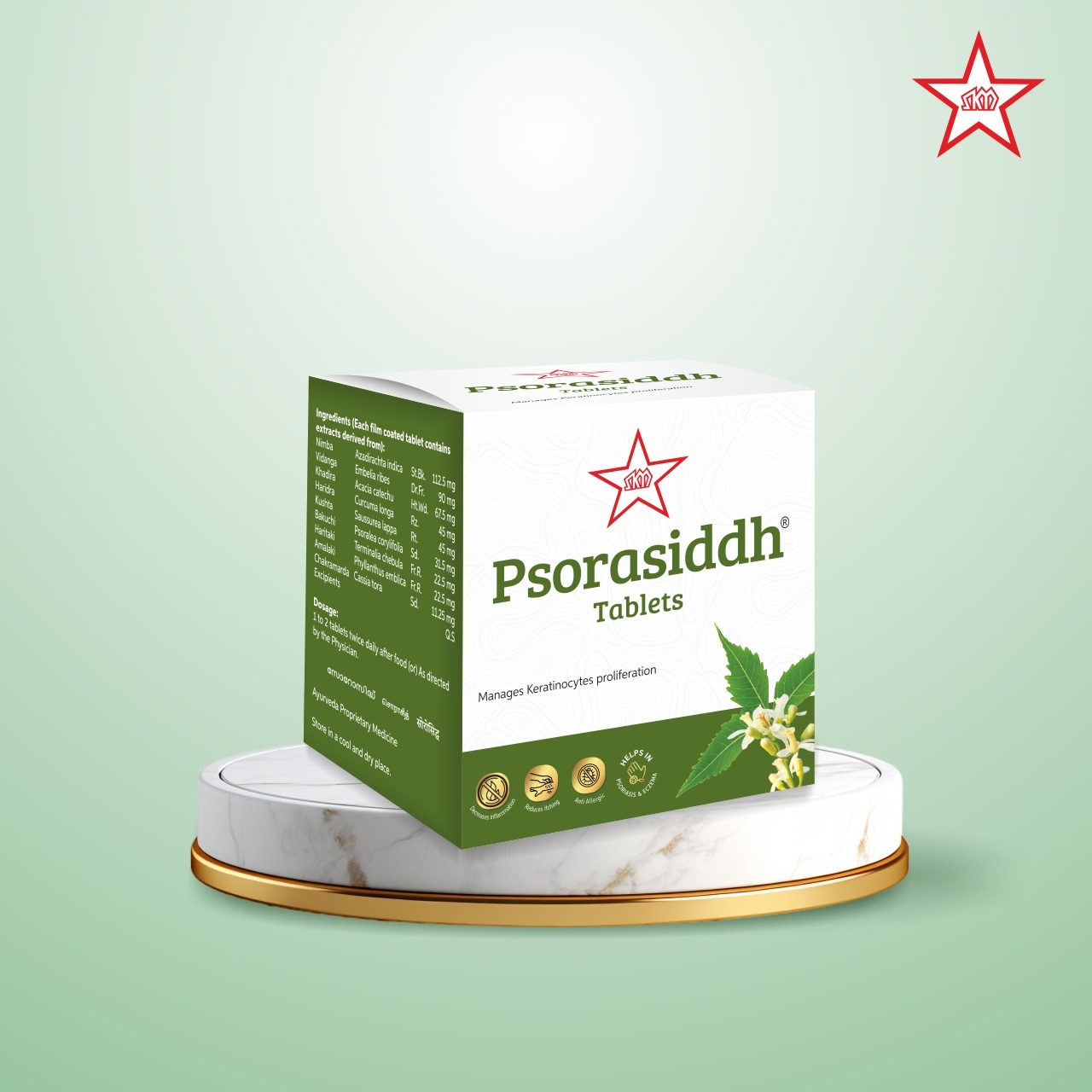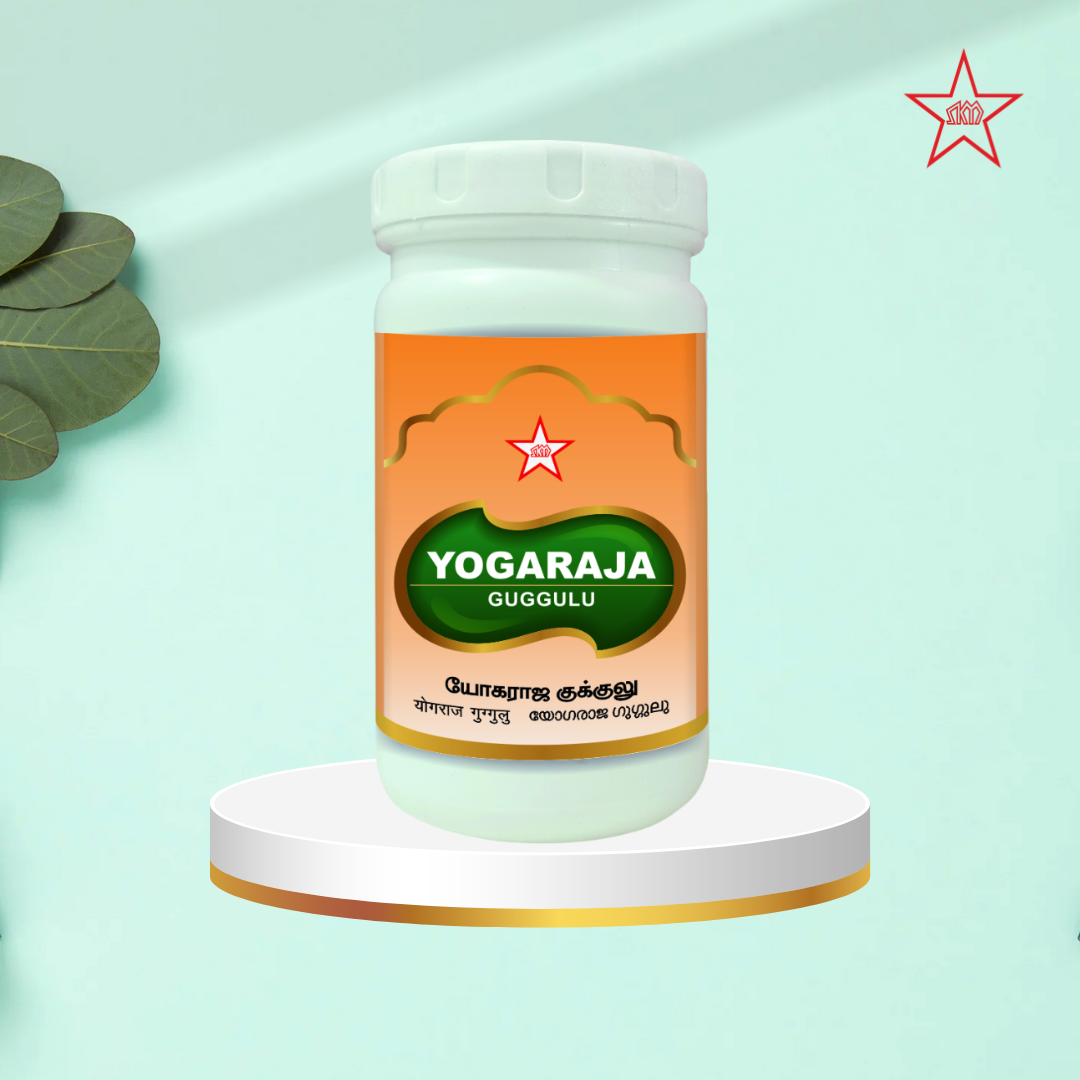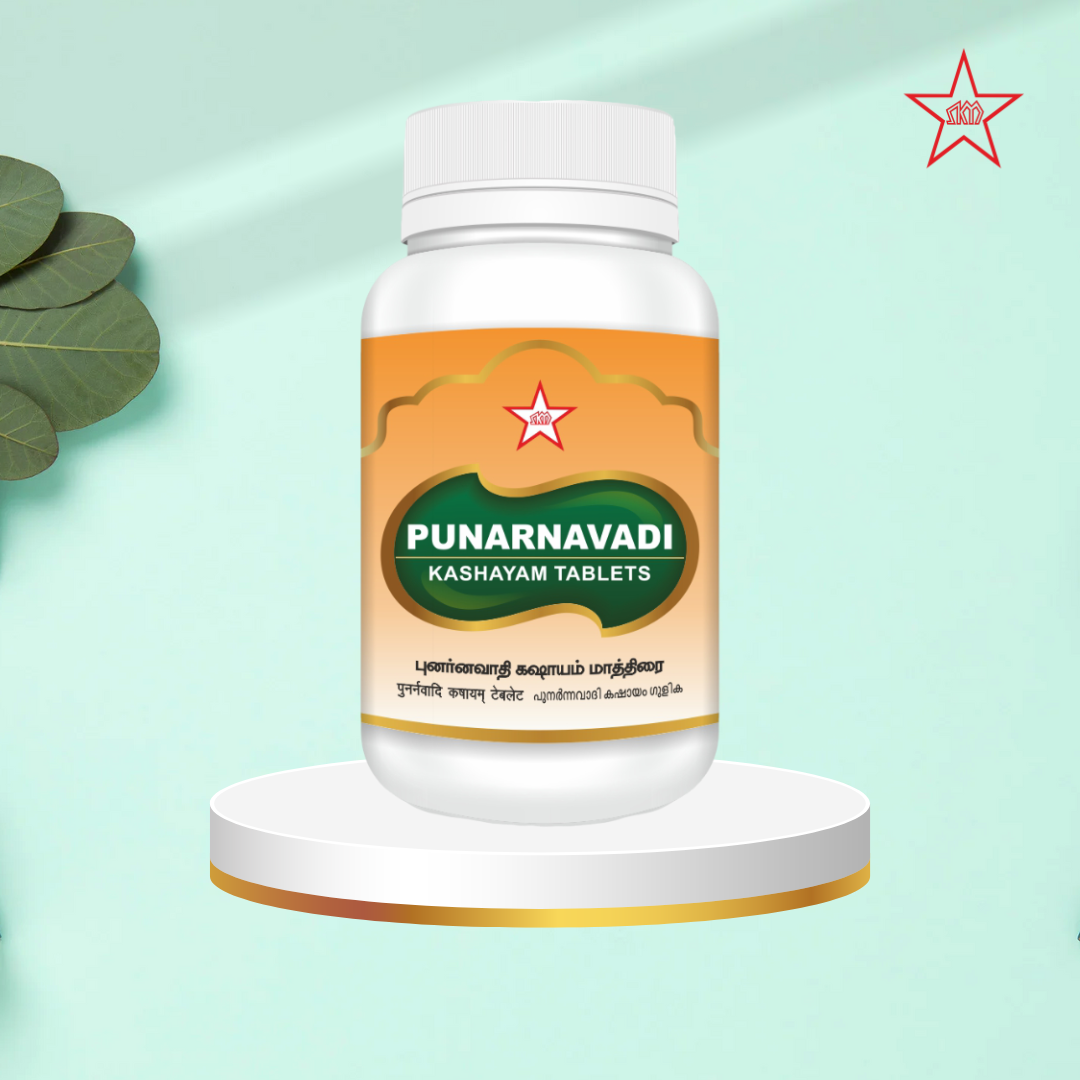Tiktaka Ghrita is a traditional Ayurvedic medicated ghee made with Pitta-pacifying herbs, particularly rich in Tikta rasa (bitter taste), which is considered essential in Ayurveda for cleansing and cooling the system. Key ingredients such as Patola (Trichosanthes dioica), Nimba (Azadirachta indica), Katuka (Picrorhiza kurroa), and Bhunimba (Swertia chirata) are traditionally used to support skin health, liver function, and blood purification. The formulation also includes Chandana (Santalum album) and Musta (Cyperus rotundus) for their soothing and detoxifying actions. Processed in clarified butter (ghrita), the herbal actives are made more bioavailable and nourishing to the tissues. Tiktaka Ghrita is referenced in classical texts for its role in promoting a healthy complexion, aiding natural detoxification, and managing Pitta-related imbalances.
